|
|||||||
| منتدى السيارات العام المنتدى الرئيسي بالموقع ، حيث يحتوي على كل المواضيع العامة عن السيارات نقاشات المنتدى اخبار السيارات فى مصر والخليج والعالم |
 |
|
|
أدوات الموضوع |
|
|||||||
| منتدى السيارات العام المنتدى الرئيسي بالموقع ، حيث يحتوي على كل المواضيع العامة عن السيارات نقاشات المنتدى اخبار السيارات فى مصر والخليج والعالم |
 |
|
|
أدوات الموضوع |
|
#1
|
|||
|
|||
|
this is seemingly the largest 3 wheel car ever made.!!!
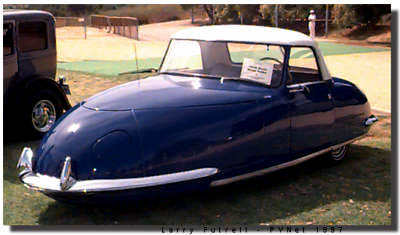 Then millionaire and part-time Indianapolis 500 racer Joel Thorne commissioned a custom roadster in 1941, few could have imagined that the outrageous three-wheeled result would serve as the blueprint for a production car. Then again, few were as quick-thinking and fast-talking as Glenn Gordon “Gary” Davis, a former car salesman who befriended Thorne. Davis saw potential in the one-of-a-kind creation—nicknamed the Californian—which had been designed by Frank Kurtis, Thorne’s shop foreman at the time and the future founder of the Kurtis-Kraft racing outfit that dominated the Indy 500 in the 1950s. Davis managed to pry the Californian away from Thorne in 1945. Exactly how remains unclear; everything from a simple cash transaction to a staged accident has been suggested. Whatever the case, Davis’s timing could not have been better. Post-World War II America was ravenous for new cars, and the Davis publicity machine thrived in this consumer feeding frenzy. By 1946, Davis was touring the United States, using the Californian roadster to promote his fledgling Davis Motorcar Company. When the Californian became tatty from constant use, Davis had prototypes built at the company’s new factory in an aircraft hangar in Van Nuys, California. Now called the Davis Divan, the two-door sedan had one 15-inch wheel up front and two 15-inch driven wheels out back and was powered by a 47-hp, 132.7-cid Hercules L-head four-cylinder engine (soon changed to a 63-hp, 162-cid Continental four) mated to a Borg-Warner three-speed manual. A removable hard top, covered headlights and a body shaped like a bar of soap completed the $995 package. Davis Divans were soon in the news, on the covers of magazines and in newspaper ads. Franchise agreements were signed, and the quirky car looked poised for success. Yet despite the hype and the hyperbole, Davis had oversold and underfinanced his futuristic aluminum-bodied car. Impatient franchisees came looking for cars that were not there. Davis’s own employees—who initially agreed to work without salary on the promise of double pay once serial production began—began to revolt. By May 1948, the Davis Divan had gone from car of tomorrow to yesterday’s news. The Van Nuys factory was shuttered, assets were liquidated and Davis eventually served two years in prison for 20 counts of fraud. Roughly 13 Davis Divan sedans are believed to have been built—not including three Jeep-like military variants. Incredibly, all but one survives. The example featured here is the sixth built and was saved from a scrap yard in 1967 by Tom Wilson, founder and director emeritus of the Davis Registry. Wilson recently sold the car to Jeff and Susan Lane of Nashville, Tennessee, where it now takes pride of place among hundreds of eclectic vehicles at their Lane Motor Museum. “I love the unique engineering of the Davis and have always liked streamlined cars,” said Jeff Lane. Behind the glitzy plastic and chrome wheel of the Divan, there is plenty of room. The wide bench seat is comfy. The painted dash is plain but handsome, with chrome-rimmed gauges directly in front of the driver. The engine—a nonoriginal four-cylinder from a Henry J—emits a charming burble as it starts. The dainty wand for the column-mounted shifter feels light and clicks into its gears with ease. On the busy streets of Nashville, the ride is comfortable, the Y-yoke front suspension and solid rear axle effectively soak up bumps and the car keeps up with traffic—no doubt slowed somewhat by drivers craning their necks to check out the Divan. Most important, worries that the Divan could feel tippy prove to be unfounded. On city streets, the lone front wheel endows the 2400-pound car with London cab-like maneuverability. As peculiar as the Divan might appear, its composed road manners hint that with a bit less boasting and a lot more funding, there may have been room on American roads for this idiosyncratic three-wheeler.  1947 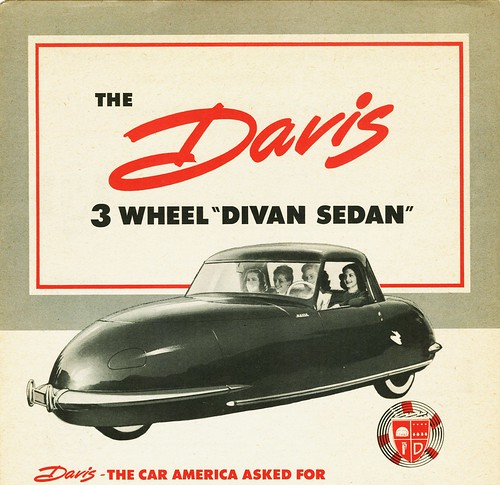   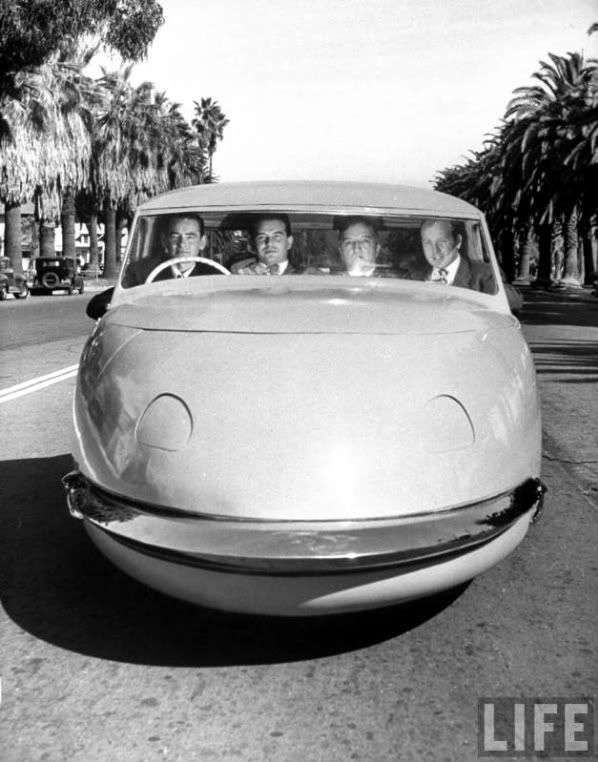  beautiful aerodynamic shape  Ah, the lax attitude towards safety testing in 1940s America: Three wheels and no rollcage, just a helmet! The photo is from the U.S. Army's testing trials of the Davis Divan, an ill-fated foray into three-wheeled motoring from the 1940s, as reported by The New York Times. The story reads like Tucker...with one less wheel. 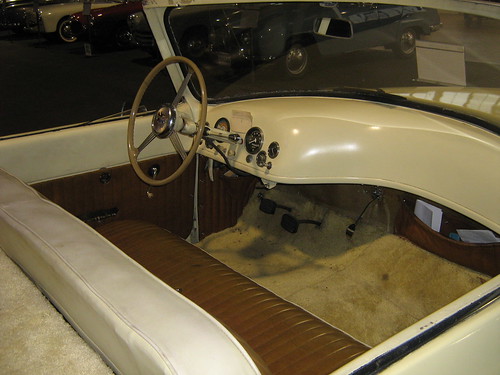  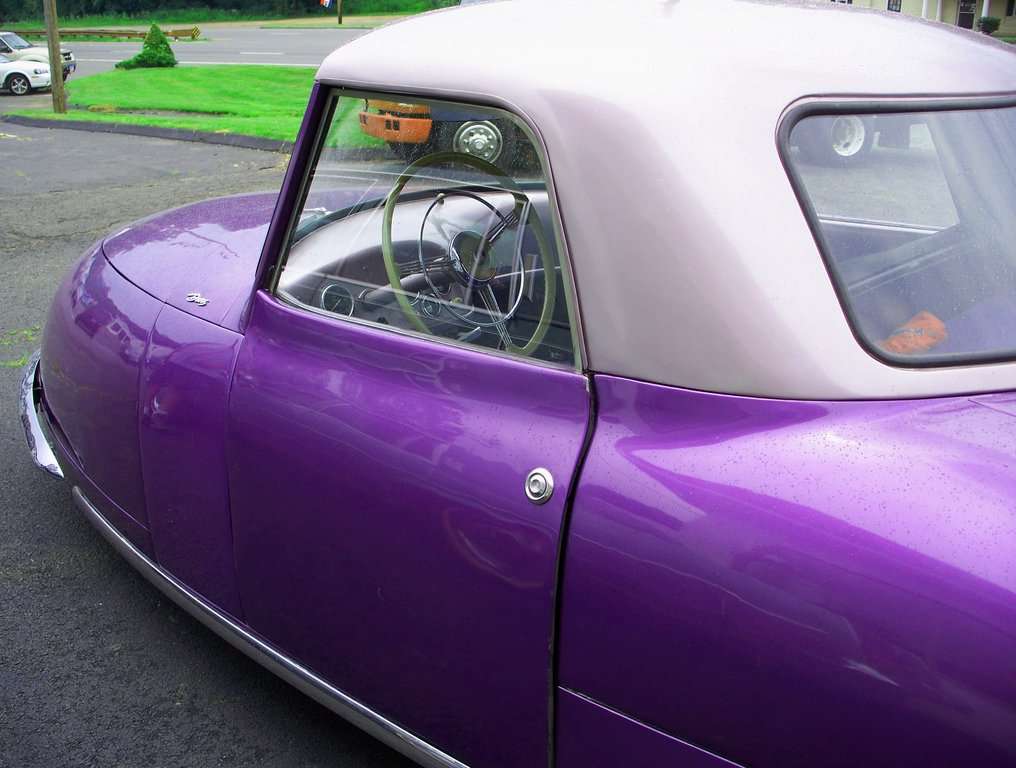 1948 Davis Divan-Sedan    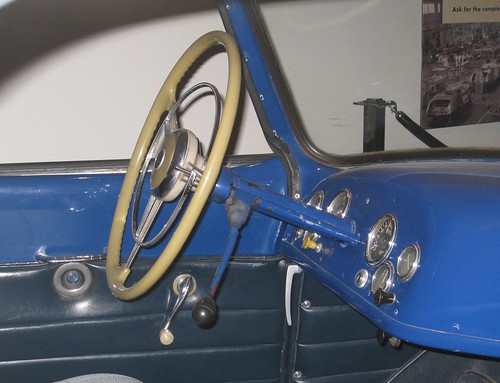 1956_Citroen_C_10_Coccinelle    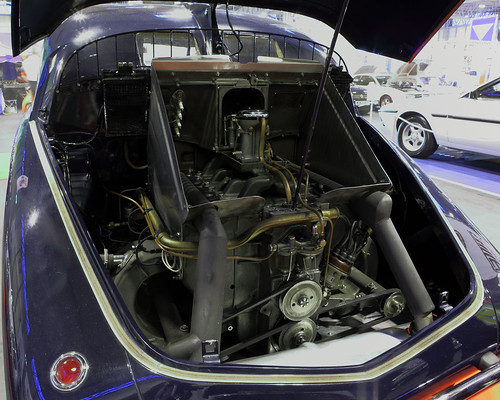 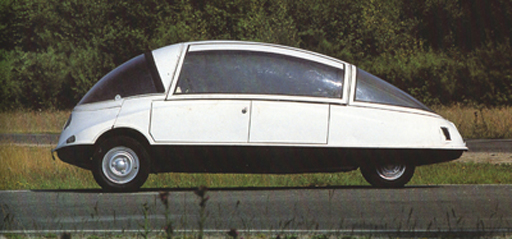 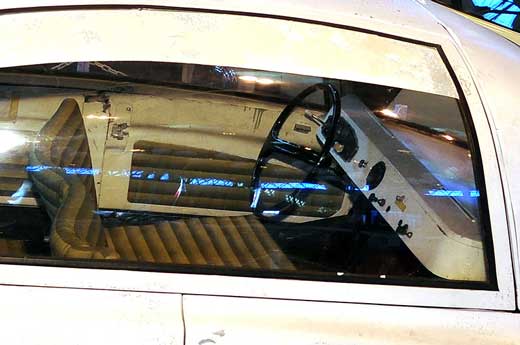 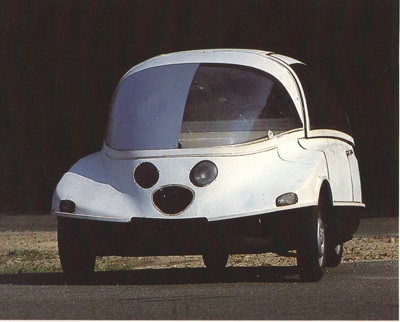  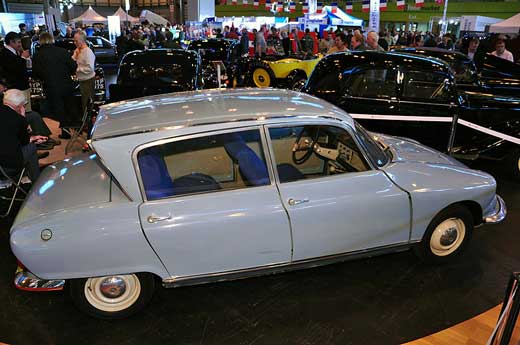 The distinctive C-60 prototype was another model intended to fill the gap between the 2CV and the DS, but it was shelved due to high costs   The 1971 Projet L prototype was the last Citroen designed by Robert Opron before he left the company.  This 1956 Citroën C-10 was designed to fit between the 2CV and the DS This 1956 Citroën C-10 was designed to fit between the 2CV and the DS The Citroën Ami 6 (above) was eventually developed in lieu of the C-10 The Citroën Ami 6 (above) was eventually developed in lieu of the C-10 The project L led to the creation of the Citroën CX (above) The project L led to the creation of the Citroën CX (above) This restored 1936 Citroën TPV will be one of four rare Citroen models on show at the 2009 Classic Motor Show this weekend This restored 1936 Citroën TPV will be one of four rare Citroen models on show at the 2009 Classic Motor Show this weekend 1972_Bertone_Citroen_Cama rgue      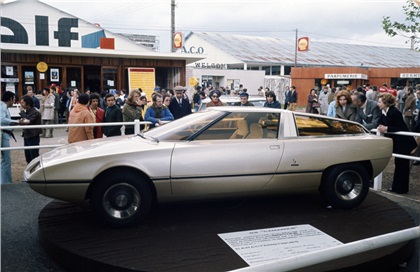   Citroen Berlingo 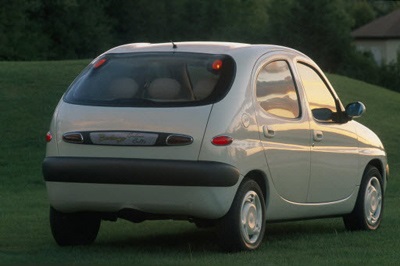  :playing_m usic: :playing_m usic: :1436 9D~149: :1436 9D~149: |
|
#2
|
|||
|
|||
    G IFT4U G IFT4U  
|
|
#3
|
||||
|
||||
|
II ههههههههههههههه
شكرا علي اهتمامك عربية غريبة وسمعت عنها عن طريق جرنان شكرا تاني وربنا يوفقك |
|
#4
|
|||
|
|||
شكرا على دعاءك لى ولاكن يوفقنى لاى شىء ماذا تقصد !!؟؟  |
|
#5
|
||||
|
||||
ربنا يوفقك بصفة عامة في الحياة بصفة خاصة في ايجاد المكان المناسب كوظيفة لشخص في مثل معرفتك عن العربيات و ربنا يوفقنا جميعا |
 |
| الكلمات الدليلية |
| davis, wheeler |
|
|